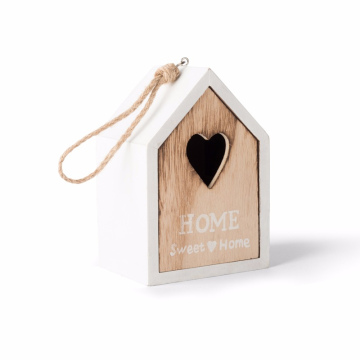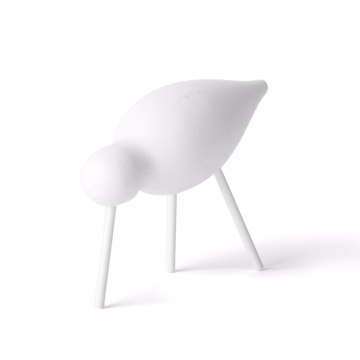Exploring the Enchantment of Bern Castle: A Journey Through History
The Origins of Bern Castle
Bern Castle, a prominent historical edifice located in the heart of Switzerland, was established in the early 12th century. The origins of this castle are intrinsically linked to the context of its time, characterized by the need for fortified structures amid the frequent power struggles between local nobility and rising city-states. Originally constructed between 1191 and 1198, Bern Castle was intended as a defensive stronghold, strategically positioned to oversee the area and protect the newly founded city of Bern. The architectural style of the castle reflects the Romanesque influences prevalent during that period, characterized by robust structures that would withstand both time and siege.
The initial purpose of Bern Castle extended beyond mere defense; it served as a residence for the local rulers. Notably, the Zähringer family, who played a crucial role in the establishment and expansion of Bern, were among its first inhabitants. Their governance was essential in shaping the early political landscape of medieval Bern. As the city developed, the castle became a symbol of power, reflecting the status of the Zähringer family. The castle's towers and thick stone walls showcased not just strength, but also the burgeoning wealth and aspirations of the ruling class.
Over the ensuing centuries, Bern Castle evolved, adapting to changing military technologies and administrative needs. Its significance extended beyond military purposes as it became a center of governance. The castle hosted various meetings and decisions that influenced the administration and legal framework of Bern, solidifying its place in the historical narrative of the region. The rich heritage of Bern Castle highlights not only its role as a fortress but also its contribution to the development of Bern as an administrative and cultural hub, laying a foundation that would support its enduring legacy.
Architectural Marvels and Modifications
Bern Castle, an iconic symbol of Swiss heritage, showcases a blend of architectural styles that reflect its rich history. The design of the castle primarily exhibits Romanesque and Gothic elements, drawing visitors into a narrative that dates back to its inception in the 12th century. The robust and simplistic lines characteristic of Romanesque architecture can be observed in the castle’s thick walls and rounded arches, which not only impart a sense of strength but also evoke the era's focus on functionality.
In addition to its Romanesque foundations, the castle underwent significant Gothic influences that emerged during the late Middle Ages. This is evident in the intricate details of its windows, which feature elongated shapes and elaborate tracery. Such elements not only enhance the aesthetic appeal but also demonstrate the evolving architectural tastes of the time. These adaptations were crucial as the castle continued to serve as a fortress and residence for local governance, reflecting its dual role in both defense and administration.
Renovations and expansions throughout Bern Castle's history illustrate the structure's capacity to adapt to changing needs and styles. Major alterations took place during the 15th and 16th centuries, integrating new architectural concepts while preserving the original elements. The enhancement of the defensive features, including the formidable towers and fortified walls, signifies the castle’s role as a protective stronghold. These modifications ensured that Bern Castle remained vigilant against external threats while emphasizing its authority over the surrounding region.
The continued preservation of Bern Castle’s unique architectural features highlights the importance of historical context in architecture. As such, it remains not only a visual marvel but also a testament to the sophisticated governance and social dynamics of its time. This remarkable structure continues to captivate both historians and visitors alike, standing as a proud emblem of Bern's storied past.
The Role of Bern Castle in Swiss Politics
Bern Castle, an iconic symbol of the Swiss capital, has played a pivotal role in shaping Swiss political history since the medieval period. Originally constructed in the 12th century, the castle became a prominent residence for the leaders of Bern, who used it as a strategic stronghold. It served not only as a residential site but also as a central hub for political decision-making and gatherings, facilitating governance in the region.
Throughout the centuries, Bern Castle witnessed significant events that would alter the course of Swiss politics. One of the most notable periods was during the late Middle Ages, when the city of Bern emerged as a powerful political entity. The castle housed governors and officials who made critical decisions affecting the municipality's administration. As attendance at political assemblies grew, the castle became the backdrop for discussions that shaped the laws and regulations governing the city and beyond.
In the 15th century, Bern Castle played a vital role in the expansion of the Bernese Confederation, which brought together various regions under a shared political framework. The decisions taken within its walls influenced regional alliances and conflicts, paving the way for a more cohesive Swiss identity. Furthermore, the castle was integral during the Reformation period, as political and religious leaders convened there to strategize on issues that would impact Swiss society profoundly.
With the establishment of the Swiss Confederation in the early 19th century, Bern Castle continued to symbolize political authority and stability. Its enduring presence in the heart of Bern serves as a historical reminder of the complex interplay between power, governance, and the role of significant locations in shaping national identity. As a focal point for political gatherings and decisions, Bern Castle has left an indelible mark on both the city's and the country’s political landscape, showcasing its importance through the ages.
Visiting Bern Castle Today
Bern Castle, a UNESCO World Heritage Site, remains a beacon of history and culture in Switzerland. This remarkable structure, also known as the Zytglogge, showcases stunning medieval architecture and offers visitors a glimpse into the past. Today, the castle is remarkably well-preserved and serves as a testament to the architectural ingenuity of its time. Visitors to Bern Castle can explore its various museums that house an impressive collection of artifacts, from medieval weaponry to intricate tapestries, providing a comprehensive narrative of the region's history.
The castle is open year-round to the public, with varied opening hours based on the season. Typically, visitors can access the castle from 9:00 AM to 5:00 PM, with extended hours during peak tourist periods. It is advisable to check the official website before planning a visit, as there may be changes due to special events or maintenance. Tickets can be purchased on-site or in advance, with various options available, including guided tours that enrich the visitor experience by providing detailed insights into the castle's history and architecture.
Regularly scheduled events, such as historical reenactments and exhibitions, are essential aspects of attending Bern Castle. These events often highlight specific themes or periods, making each visit unique. For those looking to enhance their experience, it is worthwhile to explore nearby attractions, such as the Federal Palace and the Bear Park, which are within walking distance and contribute to the overall charm of the capital city.
To make the most of a visit to Bern Castle, consider arriving early to avoid crowds and take time to enjoy the surrounding gardens and views of the Aare River. With careful planning, a trip to Bern Castle can be a memorable journey through both history and culture.






